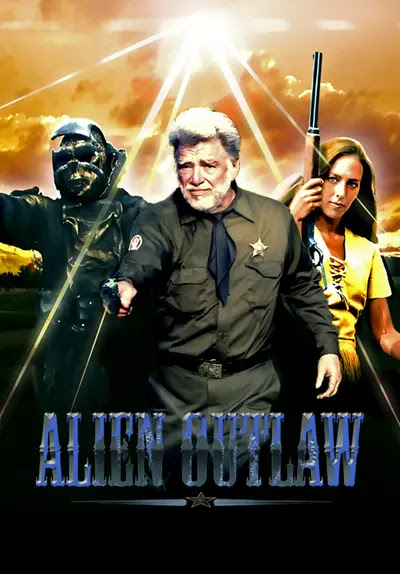PHENOMENALITY: *marvelous*
MYTHICITY: *poor*
FRYEAN MYTHOS: *adventure*
CAMPBELLIAN FUNCTION: *cosmological*
Though I've seen a dozen or so Santo films, I've avoided reviewing any here, having been informed that their genesis had a complicated beginning. Nevertheless, here goes.
The first complication is that although masked wrestler Santo became a Mexican celebrity in the early 1950s, the performer himself (one Rodolfo Huerta) declined to appear in a 1952 film that would have been the first cinematic depiction of his persona. Instead, that film's wrestler-hero role was renamed and played by another actor.
The second complication is that even when Huerta finally agreed to appear in his costumed role in this film, whose exact title is merely THE EVIL BRAIN, he was not the star, nor did he depict the persona of a wrestler who was also a part-time superhero. Instead, Huerta plays what seems to be an undercover cop wearing a wrestling-outfit. This character isn' called Santo, but rather goes by "El Enmascarado" (The Masked One,) and in BRAIN's first scenes he gets turned into the zombified slave of the titular mad scientist, in which state he remains for about half the picture. The film's actual hero is another masked police agent, known only as El Incognito, and played by Hernando Otes, who also co-wrote BRAIN's script. While Santo/Huerta had kept his character out of movies for the decade of the 1950s, Otes had parlayed his wrestling-persona into a half-dozen movies, wherein he usually played a hero named "La Sombra Vengador." In any case, while the evil scientist Doctor Campos sends his thugs and the hypnotized Enmascarado around on various criminal errands, Incognito trails along and eventually, after a hand-to-hand struggle with his fellow agent, manages to free Enmascarado from his mental enthrallment.
Both this film and a second called THE INFERNAL MEN (also still written by Otes but without his Incognito character) were lensed on a shoestring budget in pre-Castro Cuba by director Joselito Rodriguez. I haven't watched INFERNAL as I've no access to a subbed version, but I don't imagine it looked much better than BRAIN, whose visuals and stuntwork are about on the level of a particularly bad Monogram movie. Not until 1962's SANTO VS. THE ZOMBIES did the character take off in films, remaining popular for the remainder of the decade.








































